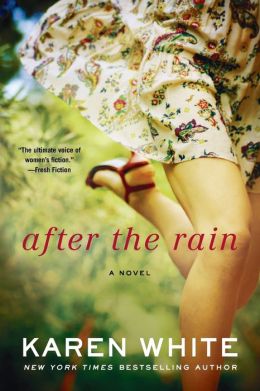
“The leaves were the reason that people came, whether it was for an overnight diversion or to settle for decades, rising generations of others who would remain nearby.” (page 15)
Oldham is a place with many faces and facets from the ancestral families to the newcomers looking for a change or new adventure — particularly those that become small business owners. Tyler and Maria were easy to connect with as their artistic sides have stagnated and need rejuvenation; Maxwell’s ambivalence about his place in town is easy to understand given the young age of his son and the adjustments he and his wife have made. Meanwhile, Deborah is like many of us, comfortable in her current place and not quite ready to move on, and unsure of what direction to head in when change is inevitable. Corrina is a tough nut to crack and hard to like with her domineering nature, but it’s easy to see why she wants to be in control — at least of her siblings and the last party at the inn — because her home life is not as picture perfect as it looks.
There are so many layers to Leaves, as the members navigate their new lives without the inn and their parents to anchor them, and the impact those changes have on their own relationships with one another. Their moods and reactions change quickly, though the distance between them has been as gradual as the changing seasons. However, while there are many depths to this novel, there also are moments where readers will want more, but the narrative suddenly changes to another sibling or situation. Baron has established a foundation for a series of novels that are sure to come about the Gold family, and he’s crafted a family with strong bonds. Even though each member is on the verge of breaking their family bonds for good, there are memories that creep in to pull them back to their roots and each other. Baron’s novel is one that readers won’t want to end. There is so much more in store for these characters and their relationships.
About the Author:
Michael Baron grew up in the New York area, has worked in retail and taught high school English. Although he started writing nonfiction, he’s always loved fiction and love stories. He has a deep passion for writing about relationships – family relationships, working relationships, friendships, and, of course, romantic relationships. His wife and kids are the center of his life and his wife is the inspiration for all of his love stories.





 About the Author:
About the Author:
 About the Author:
About the Author:

 About the Author:
About the Author:

 About the Author:
About the Author:







